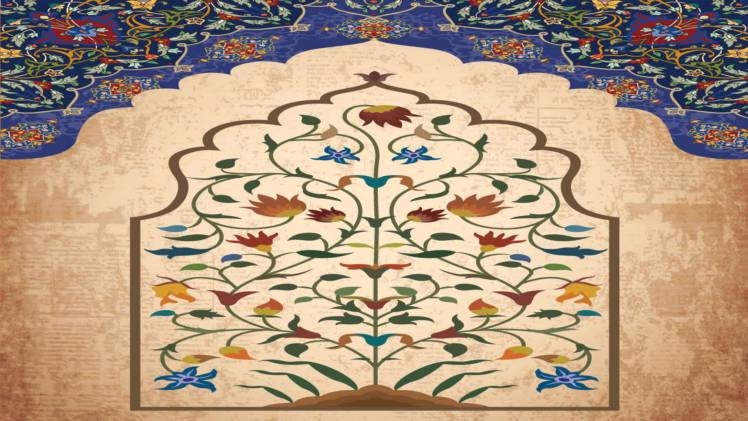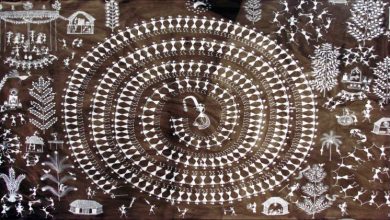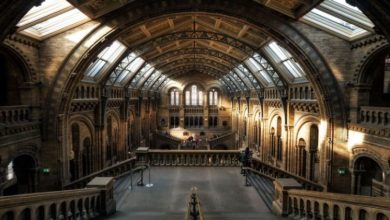Mughal Art

In the sixteenth century, the Mughal empire reigned over the vast regions of India, including the region of Gujarat. Akbar the Great – who had been trained by the Persian master ‘Abd al-Samad – established an atelier for court painters, staffing it with artists from different parts of India. The artists in the atelier produced beautiful paintings and illustrations for books that were produced throughout the empire.More Movies Download from here 1Filmy4wap
The Mughals had a great love for the arts, and the Mughal emperor Humayun believed that artists were the delight of the world. He lured Persian masters to his court, and his son, Akbar, did the same. The Mughals had no time for ultra-orthodox Muslim opinion, which objected to human representations in art. The Mughals were also passionate about Islam, and many of their paintings are now displayed in museums around the world.see more info from Ozuna
The Mughals were very religious, and their emperors often claimed divine origin. This culture became so ingrained in the arts and architecture of the Mughal empire by the mid-seventeenth century. The emperor Shah Jahan (a son of Akbar) marked the beginning of the classical age in architecture. The Mughals also increased their social hierarchy and regarded the emperor as a semi-divine being.see more here 7Starhd 300mb
During the 16th and seventeenth centuries, India enjoyed great wealth. The emperor Akbar’s net worth at one point was estimated to be $21 trillion, or 25% of the world’s GDP. This wealth was used to support the arts, and the Mughal art of that time included lavish architecture, pristine gardens, miniature paintings of gardens, and numerous other works of art. This rich culture is still widely appreciated today, and Mughal art remains a dazzling example of the power of this culture.

